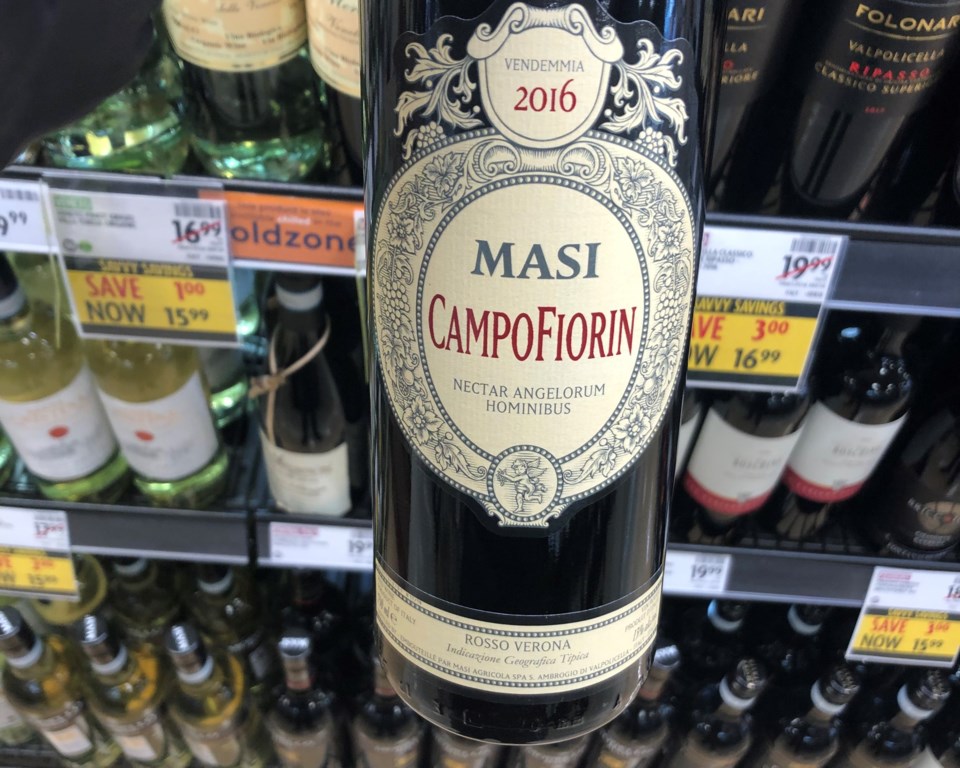In this article, I will introduce to readers to super Tuscan and super Venetian wines. Whenever you hear “super” attached to anything, you know you can expect something good, and it is no different with wines.
In the wine world, especially with "old world" wines, there are a lot of rules. In order to have a certain designation or be labelled as a certain type of wine, a wine must meet certain standards. Generally, all grapes have to be grown in a certain region or only certain grapes varieties can be used.
One of the most recognizable types of Italian wine is Chianti. Chianti is a region in Tuscany and in order for a wine to be labelled as a Chianti, it must meet certain requirements. Previously, the requirements were very strict and a Chianti had to be a blend of a high majority of Sangiovese grapes and other grape varieties grown mostly in Italy. In the 1970s, some leading Tuscan winemakers questioned why they had to follow such rigid rules. What if they wanted to produce a wine using only Sangiovese grapes or wanted to experiment with other non-Italian grape varieties like Cabernet Sauvignon or Merlot? This was too innovative for the wine authorities, who told these winemakers that if they did not follow the Chianti rules, they could not label their wine as a Chianti and they could only use lower designations such as “IGT ” or “Toscana” wines.
These wine pioneers forged ahead without using the “Chianti” name, and produced wines with unique blends. The first was a wine called Tignanello, made by Antinori, which was a blend of Sangiovese, Cabernet Sauvignon and Cabernet Franc. Soon, others marketed their wines under names such as Masseto, Ornellaia and Solengo. Some wines didn’t even contain any Sangiovese. Then a funny thing happened. These wines were so good that their popularity and associated pricing skyrocketed and people started preferring them to Chiantis . Since they came from the Tuscany region and they were so popular, the term “Super Tuscans” was coined to describe these wines. Today, super Tuscans are some of the most popular and most expensive Italian wines.
Around the same time, the same thing happened in the Veneto wine region. There, wines from the well-known Amarone and Valpolicella region had requirements on what type of grapes and what techniques could be used to produce wines. Again, some winemakers wanted to innovate - what if they didn’t use the traditional techniques used to make Amarone or wanted to change the blend of grapes used? They were met with opposition and like their counterparts in Tuscany, these wineries decided to drop the Amarone or Valpolicella designation and go with their own names. The first super Venetian was produced by Masi, under the name Campofiorin. Today, Campofiorin is one of the most popular Italian wines in the world.
These trailblazing winemakers took huge risks which were rewarded, and they made Italian wines even more popular. They were not concerned with rules but making great wine and their innovation breathed new life into the Italian wine industry.
My wine recommendation this article is the original Super Venetian wine, Masi 2016 Campofiorin. It will not be as sweet and heavy as an Amarone, but will have more depth than a Valpolicella wine. It is made by blending the wine techniques used to make Amarone and Valpolicella wines. On sale for $19.99 until October 31, you won’t be able to resist making a toast to this trailblazing winemaker.
Until next time, happy drinking!
Tony Kwan is the Richmond News' new columnist. Lawyer by day, food and wine lover by night, Kwan is an epicurean who writes about wine, food and enjoying all that life has to offer.



